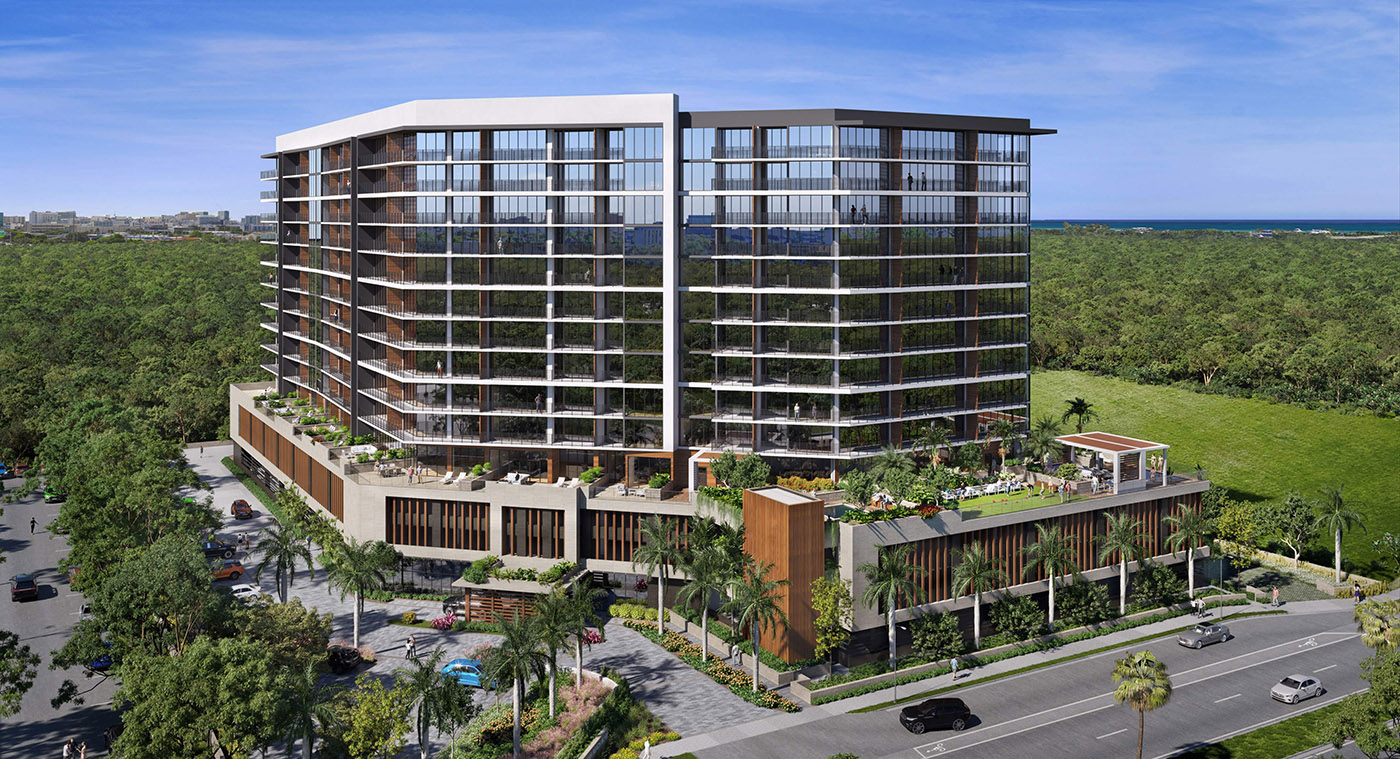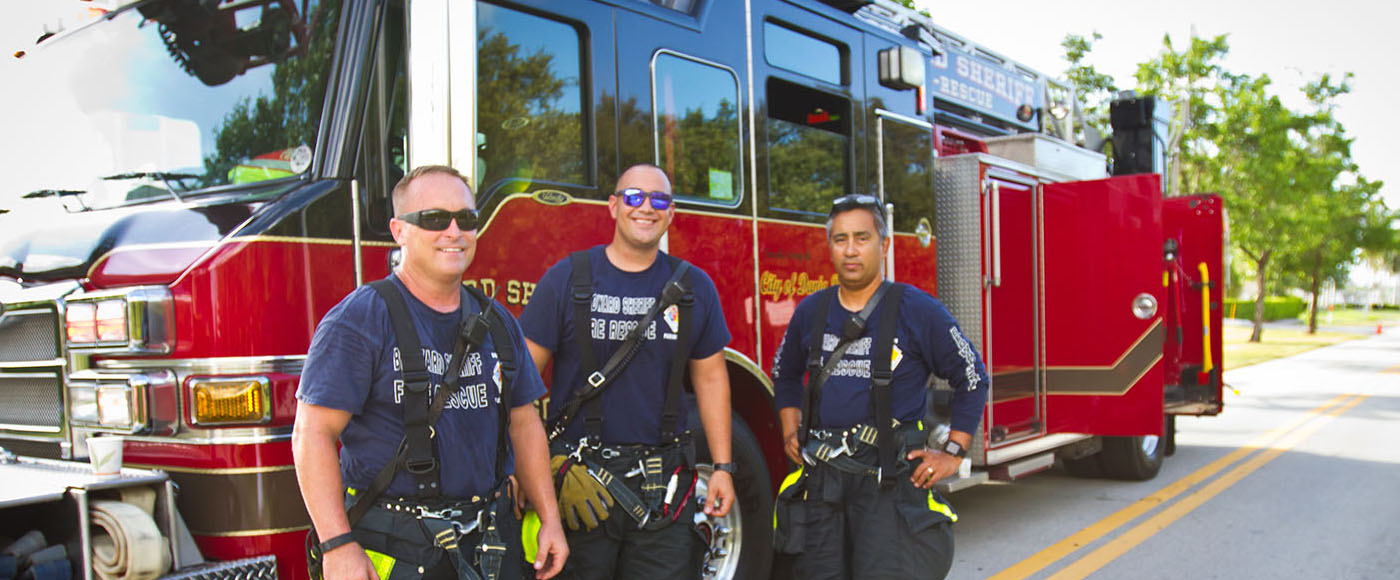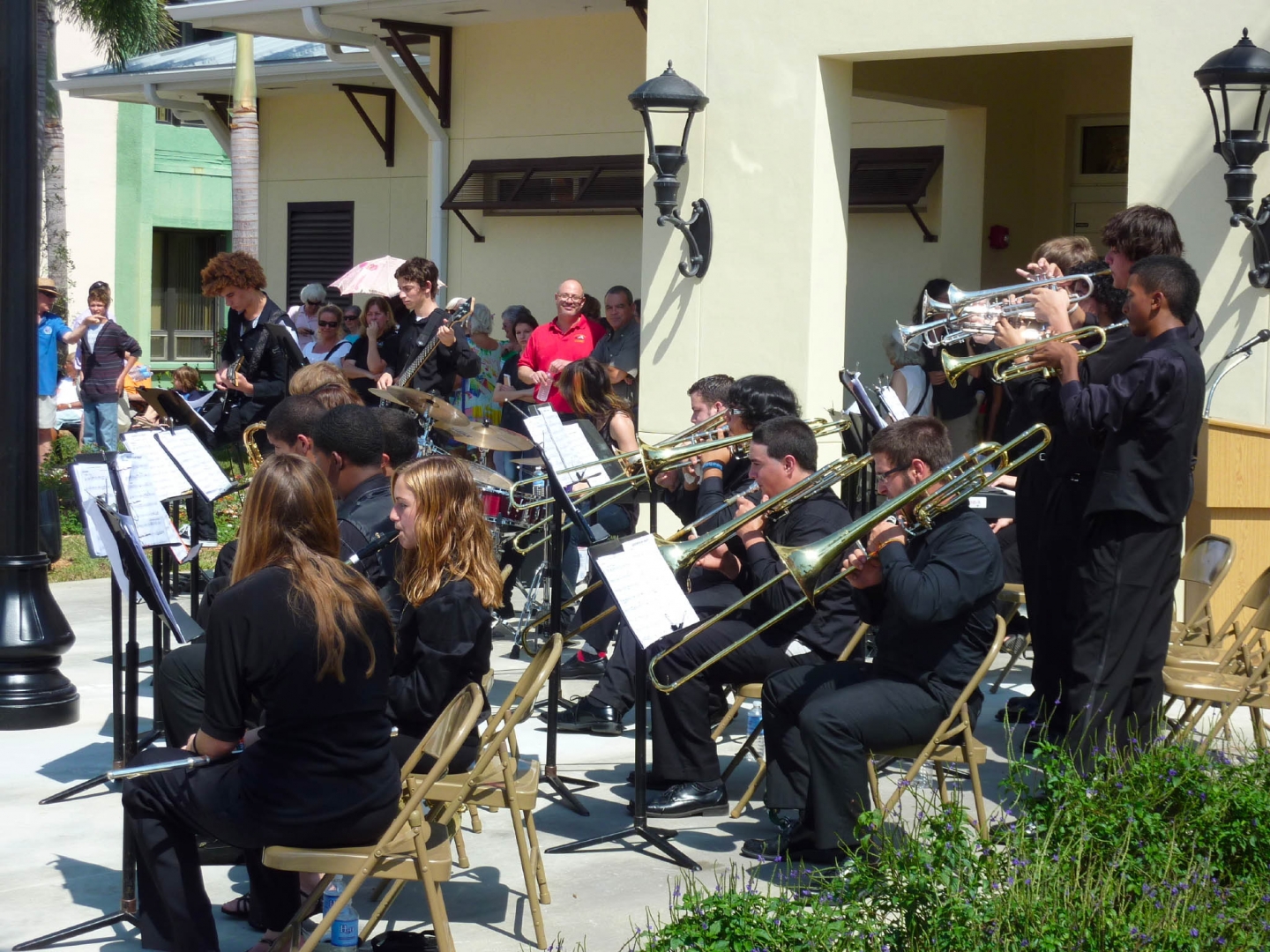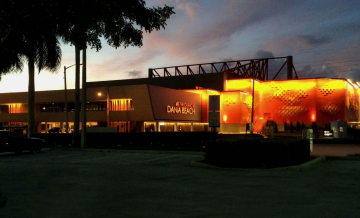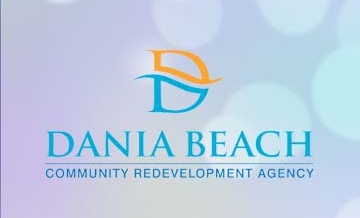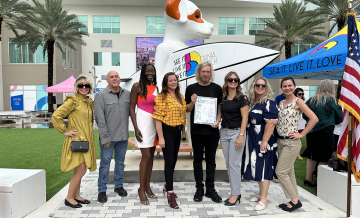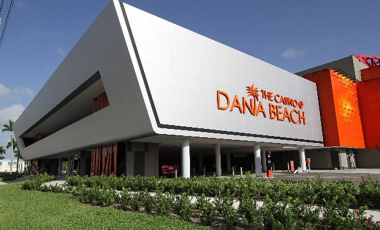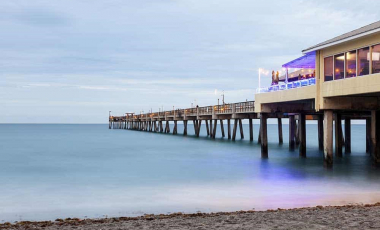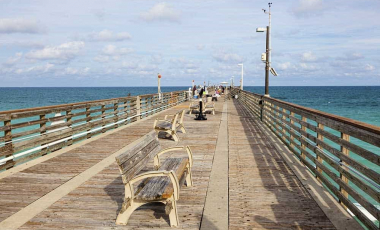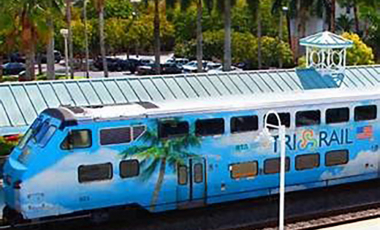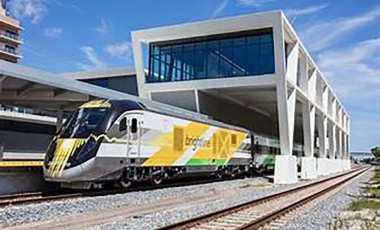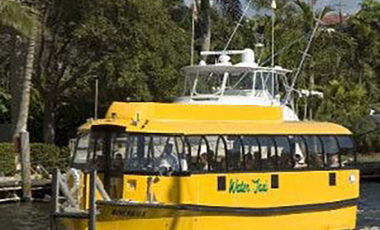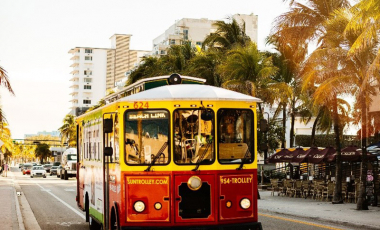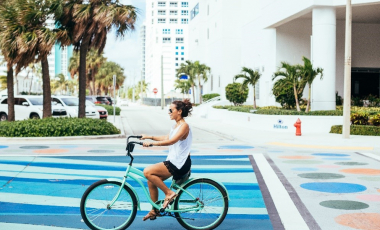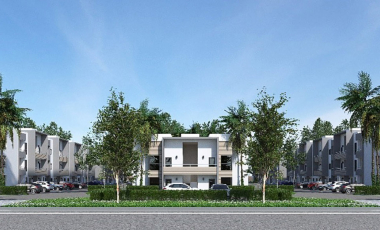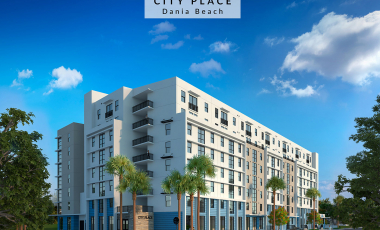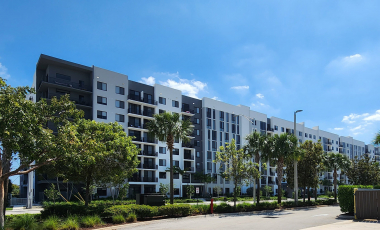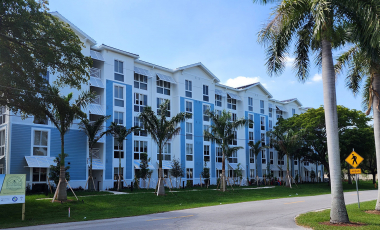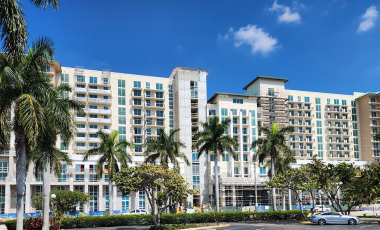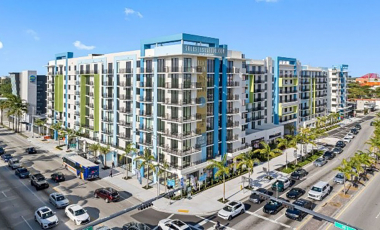
Whether you are here on spring break, visiting friends and family, or enjoying a vacation in Greater Fort Lauderdale, it doesn't have to end here. Be part of an exciting, inclusive, forward-thinking community where you can succeed and enjoy an amazing quality of life.
Dania Beach boasts a rich history, tracing its roots back to the 1890s when 12 Danish migrant families settled in the planned community of Modello. Embracing their heritage, they renamed the town Dania upon its incorporation in 1904 when it became Greater Fort Lauderdale's first city. In time, Dania bloomed into a bustling farming hub, gaining fame as the "Tomato Capital of the World" with its bountiful agricultural output. The Roaring Twenties sparked interest in developing charming seaside attractions, leading to the city's strategic purchase of a coastline strip from Hollywood for a mere $10 in 1927. The investment paid off handsomely, prompting Dania to rebrand itself as Dania Beach in 1998, a homage to its precious coastal treasures.
Today, the city wraps around the southside of Fort Lauderdale-Hollywood International Airport, and to the east, on the coast, it is bounded by several parks, a lake prime for kayaking and miles of pristine beaches. It’s a true boater’s paradise with serene interior waterways and several marinas. There are ideal spots for fishing, with some of the region’s best birding spots on the water. Dania Beach is the home of prominent companies like Cruise.com and Chiquita Brands International, as well as Florida Atlantic University's SeaTech Research Center - the base of America's first undergraduate ocean engineering program. No matter where the future takes it, Dania Beach will retain the eclectic soul that makes it so beloved by locals and visitors alike.
Education: Greater Fort Lauderdale’s well-integrated pre K-20 educational system provides a strong foundation for the region’s high quality of life, offering programs to meet the individual learning styles of students and their families. Along with excellent public, independent and private schools, the region’s colleges, universities and vocational facilities are committed to creating career opportunities and building a skilled workforce.
This includes Broward County Public Schools (BCPS), https://www.browardschools.com, which is the sixth-largest public-school system in the nation and the second largest in Florida. BCPS is Florida’s first fully accredited school system since 1962. BCPS serves more than 271,500 students and approximately 175,000 adult students in 241 schools, centers and technical colleges, and 89 charter schools.
Greater Fort Lauderdale also has more than 60 private and independent schools that meet a variety of student academic and personal needs. More than 30,000 children in Broward attend non-public schools, which offer programs from early childhood education through 12th grade. These schools welcome calls for information and are happy to arrange family visits to their campuses.
Several colleges and universities serve Greater Fort Lauderdale, including both state and private-sector institutions offering a variety of degree programs. More than 35 institutions offer associate degrees or higher within 30 miles of Fort Lauderdale, including eleven with MBA degrees.
A new website – www.GFLedu.org – presents a one-stop comprehensive look at education in Greater Fort Lauderdale/Broward County, including public and private, pre-K through postgraduate programs. Visitors can view educational institutions in different parts of the county and see student, alumni and teacher achievements, testimonials from local business leaders, videos that bring education initiatives to life, and much more.
Transportation: Broward County is located in the center of South Florida's Gold Coast, stretching along the Atlantic Ocean, midway between Palm Beach and Miami. The most popular way to get around Greater Fort Lauderdale is via car, but if you prefer not to drive, there are a myriad of options for you:
Train: Brightline (www.gobrightline.com) offers express train service connecting you to downtown Miami, Fort Lauderdale & West Palm Beach with future service to Orlando, while the Tri-Rail (www.tri-rail.com), South Florida’s local commuter rail, connects Palm Beach, Broward and Miami-Dade counties.
Water Taxi: Fort Lauderdale is known as the “Venice of America” because of its many beautiful waterways. One of the best ways to Explore our city is from the water. The Water Taxi (https://watertaxi.com/about/) provides a narrated excursion that includes historical information as well as fun and interesting information about the many Mansions and Mega Yachts that line the waterways. There are 10 stops in Ft. Lauderdale, and 1 stop in Hollywood. Additionally, Water Taxi operates a complimentary Water Trolley that is supported by the City of Ft. Lauderdale that makes 8 stops along the River Route.
Trolley & Bus: Serving the Fort Lauderdale area since 1982, the Sun Trolley (www.suntrolley.com) offers routes with stops downtown, along the beach, and on Las Olas Boulevard. In the Greater Fort Lauderdale area, the Sun Trolley operates a total of seven routes, including the Free Riverwalk Water Trolley. Every route, except for the Beach Link and Las Olas Link, is free.
Another option is to use Broward County Transit's (BCT) commuter buses, which travel throughout the county. BCT (https://www.broward.org/BCT/Pages/default.aspx) provides fixed route bus, express busand community shuttles, and paratransit – door-to-door – services throughout the county.
Bicycle: Broward B-cycle (www.bcycle.com) is a fast-growing bike-sharing service with multiple rental stations. For a modest enrollment fee, members can use Broward B-cycle for an unlimited number of short trips.
Taxi: Traditional taxi cabs are available for getting around. You can call Yellow Cab Broward (http://www.yellowcabbroward.com/) or flag one down on the street or at the airport. Uber and Lyft are also available throughout the area.

